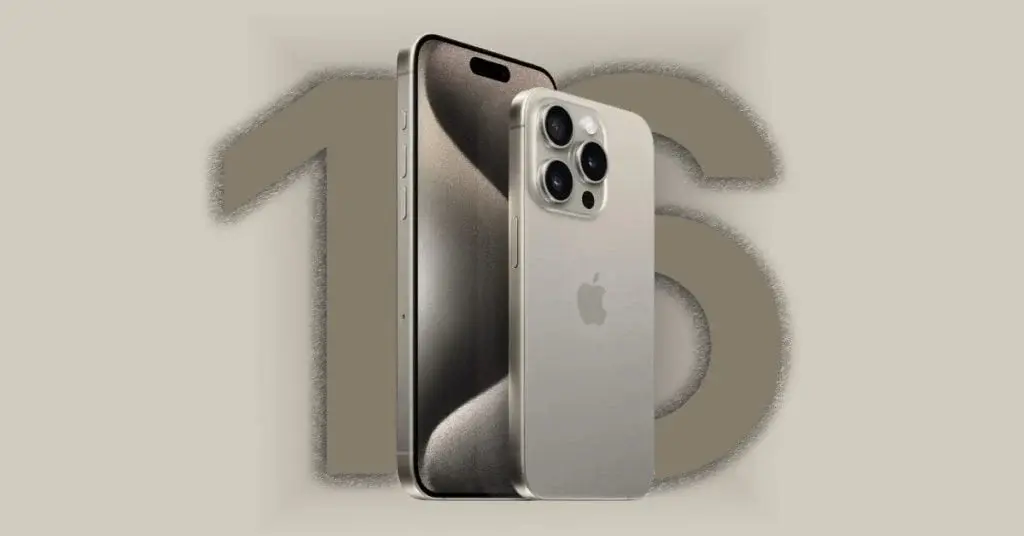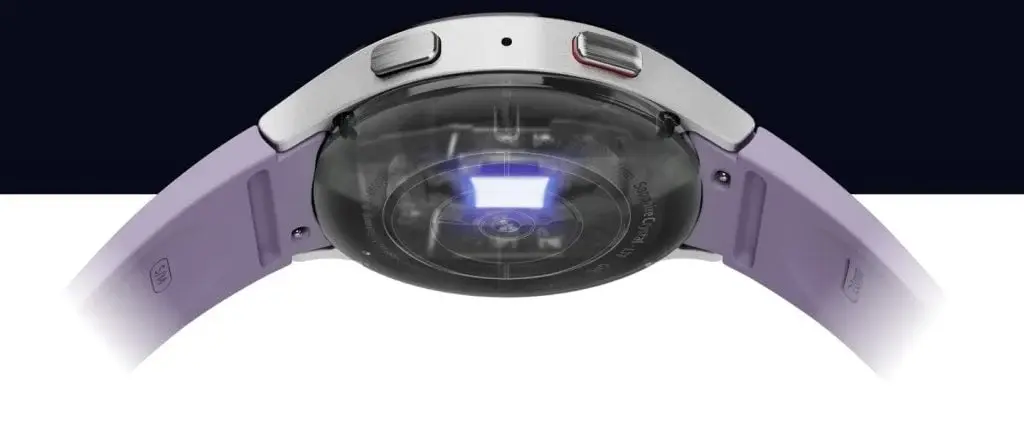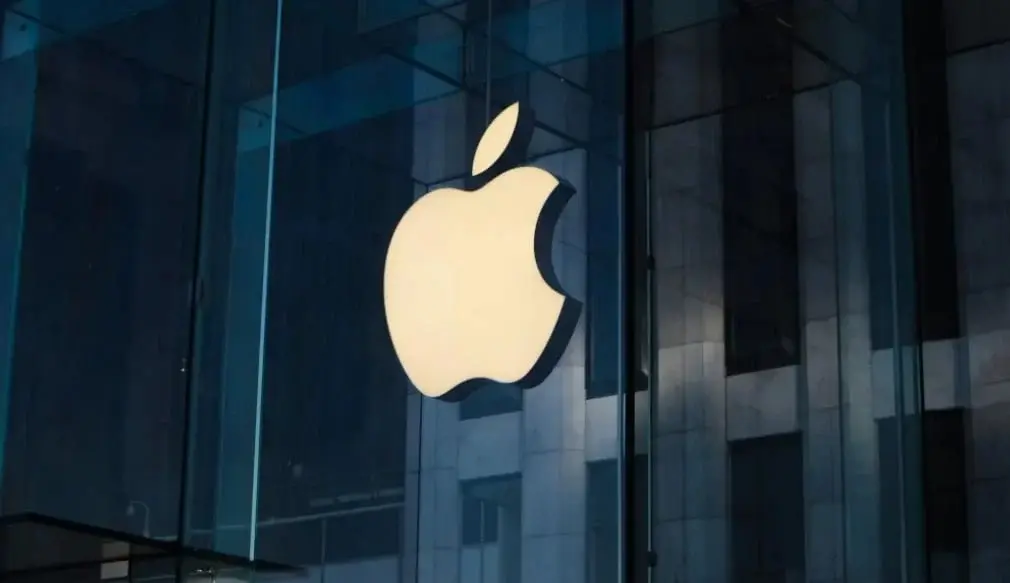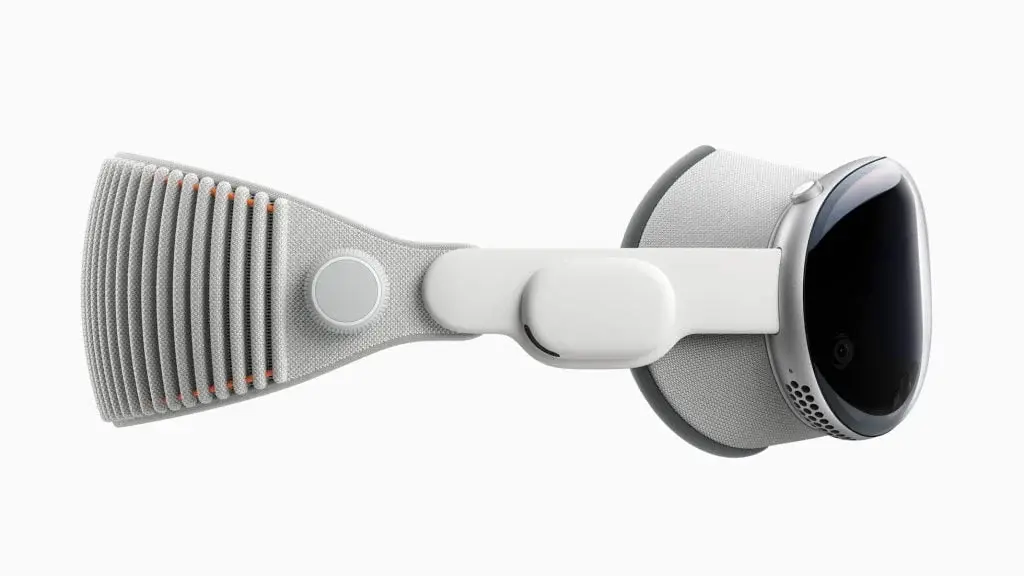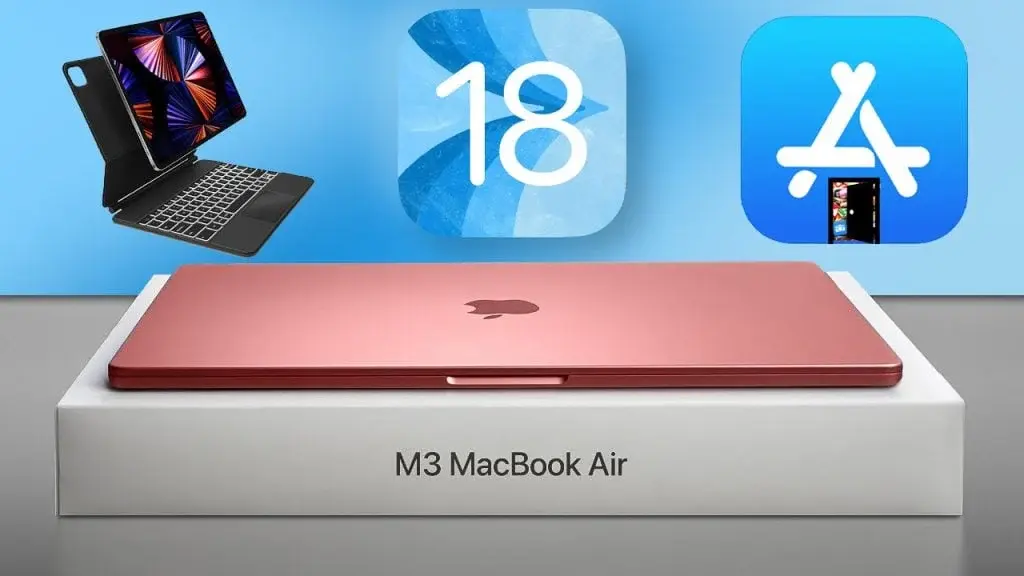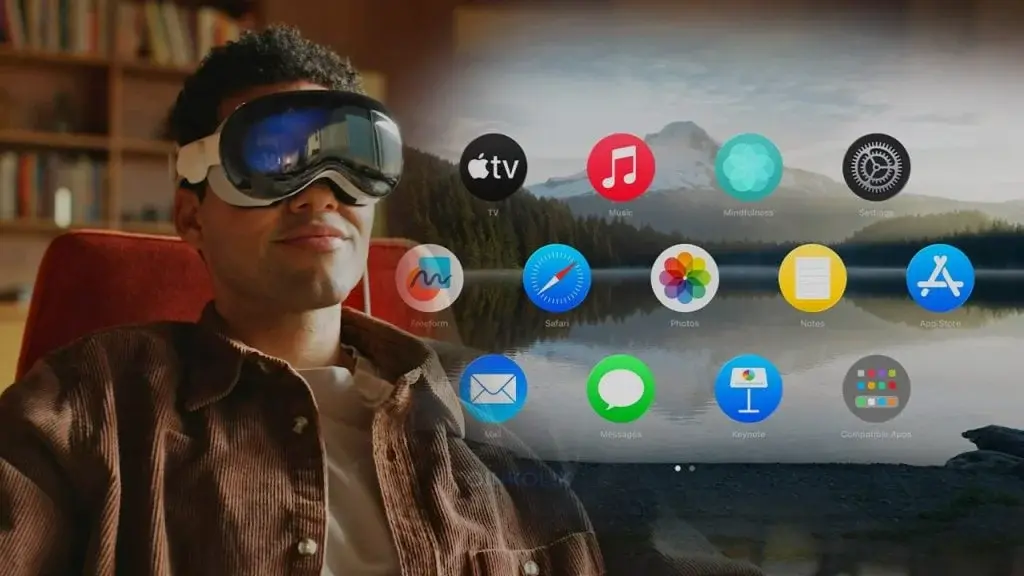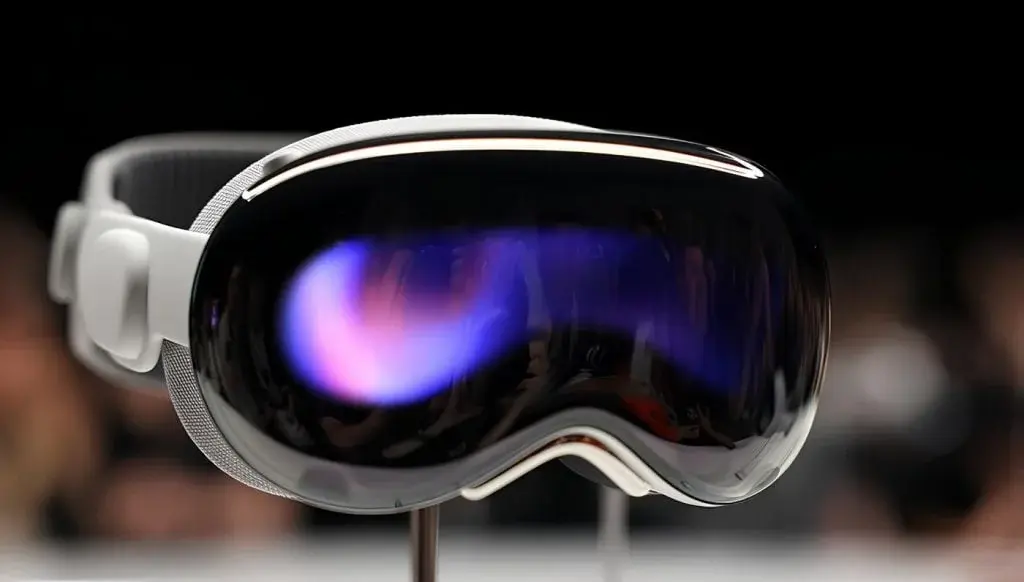iPhone 16 Pro Max to Feature Enhanced Camera Capabilities
According to a recent report by @digitalchatstation, the upcoming iPhone 16 Pro Max is set to include a 48MP 1/1.14″ Sony IMX903 customized main sensor. This sensor will utilize double-layer transistor technology, along with 14Bit ADC and DCG support, promising improved image quality compared to its predecessor, the iPhone 15 Pro Max.
Innovative Camera Design
In addition to the advanced sensor, the iPhone 16 Pro Max will also introduce a periscope telephoto lens. This new feature will come with a design change, as the screen's edge curvature increases to resemble a subtle curve of equal depth.
Speculations from analyst Ming-Chi Kuo suggest that the iPhone 16 Pro series may adopt 1MG+7P molded glass-plastic hybrid lens modules. The Pro variant is expected to feature a 6.3-inch screen, while the Pro Max variant will boast a larger 6.9-inch display.
Dual 48MP Sensors and Improved Front Camera
Ming-Chi Kuo also highlights a significant imaging upgrade for the iPhone 16 Pro, as it will be equipped with dual 48MP sensors, a first for Apple, along with a 12MP telephoto lens. The iPhone 16 Pro may even offer a 120mm tetra-prism telephoto lens, similar to the iPhone 15 Pro Max. The front cameras of the iPhone 17 series models are also set to receive an upgrade, featuring a 24MP sensor and a 6P lens.
Enhanced Video Shooting Experience
Apple plans to introduce a novel camera button, codenamed Nova, specifically designed for video shooting. This button will utilize capacitive buttons and force sensor functions, aligning with Apple's dedication to enhancing the video recording experience.
Premium Construction and Performance
The iPhone 16 Pro and iPhone 16 Pro Max will retain the premium grade 5 titanium (Ti-6Al-4V) construction from the iPhone 15 Pro, ensuring a sleek and durable appearance. While overall design changes are minimal, Apple may introduce new color options.
In terms of performance, analysts Ming-Chi Kuo and Jeff Pu anticipate the integration of the A18 Pro chip, Wi-Fi 7 support, and Qualcomm's Snapdragon X75 modem. These additions will ensure 5G download speeds of 7.5 Gbps. Moreover, the series is rumored to feature a graphene-based battery with a capacity of 3355 mAh and a new battery stack design, potentially enabling 40W wired charging.
As Apple continues to push the boundaries of smartphone technology, the iPhone 16 Pro Max is poised to set new benchmarks in camera capabilities and overall performance.

